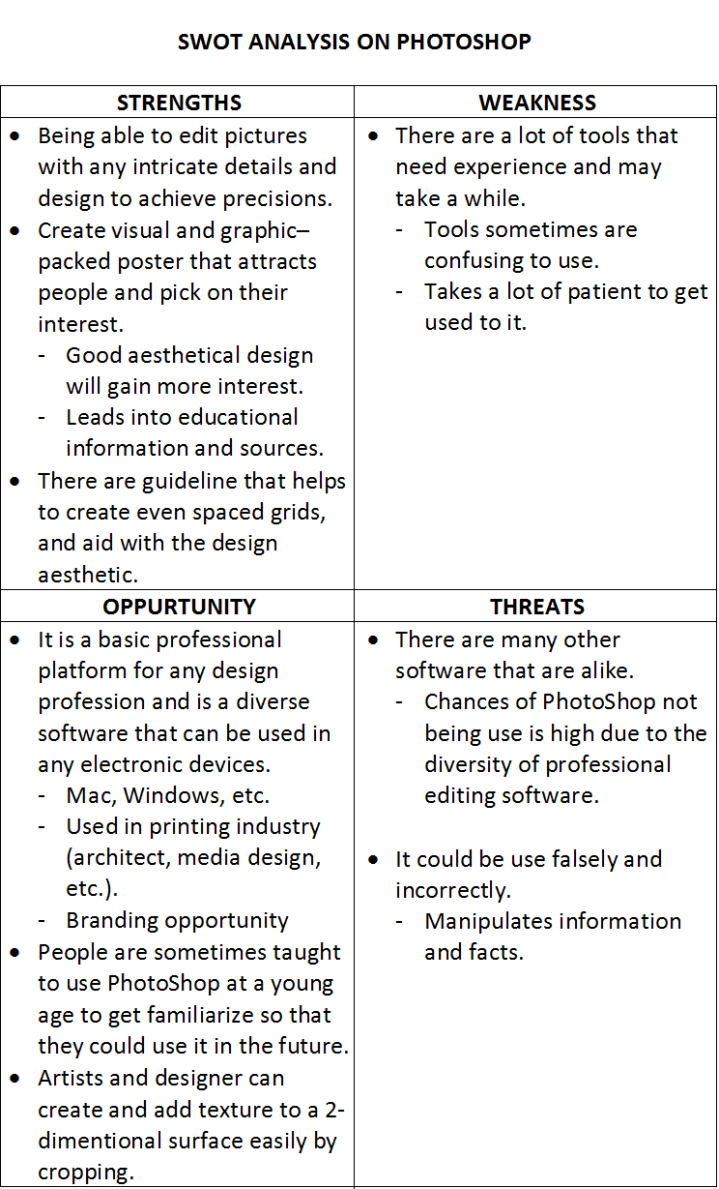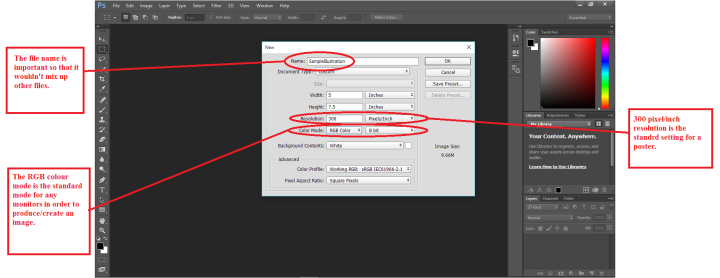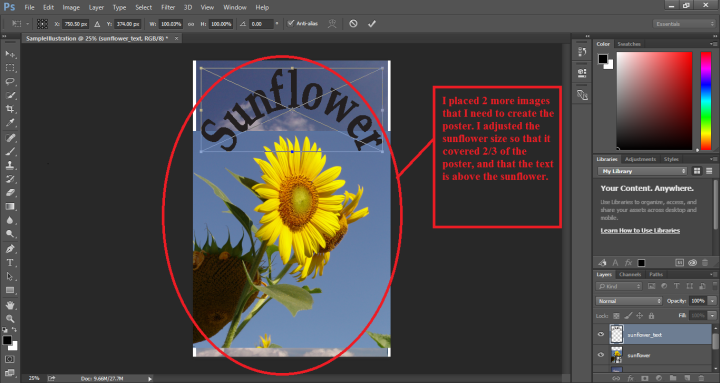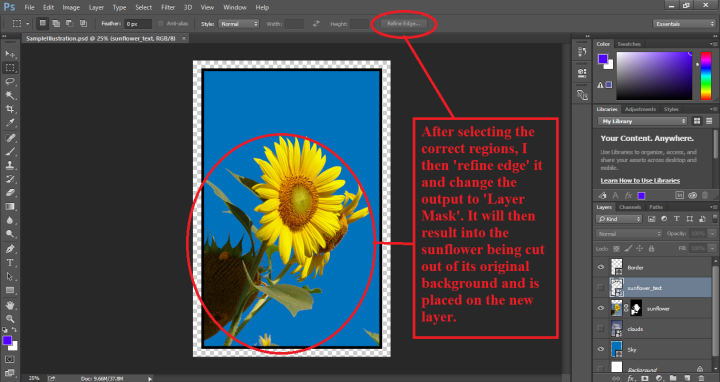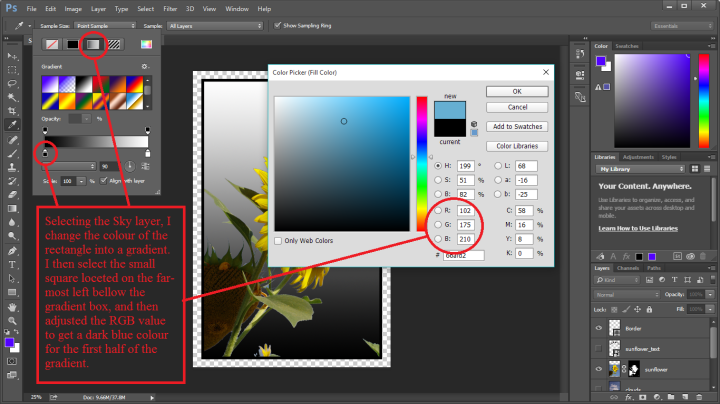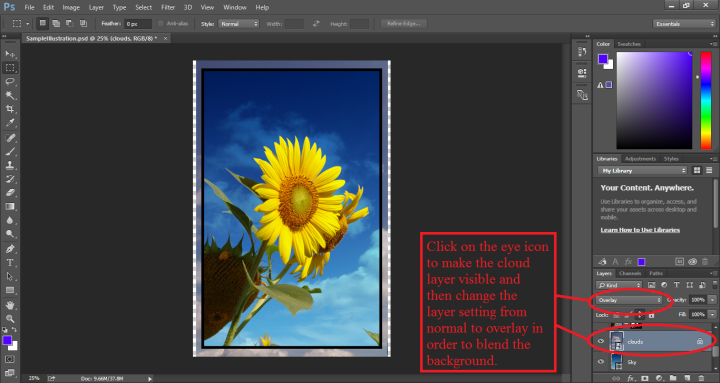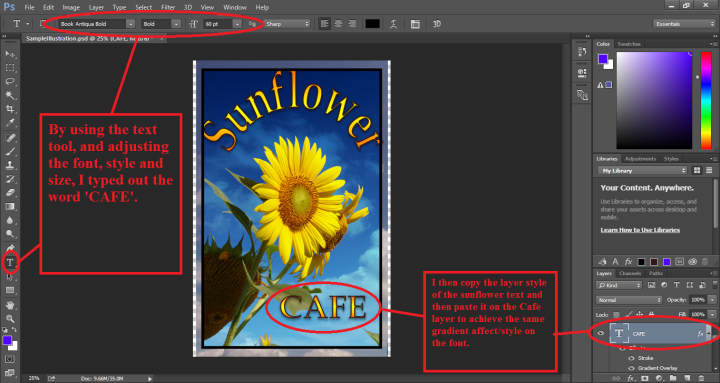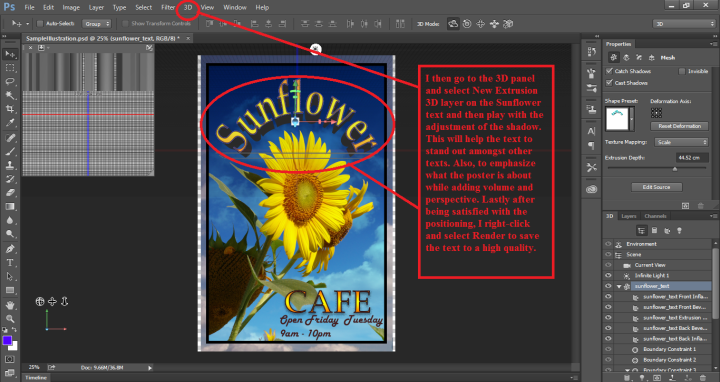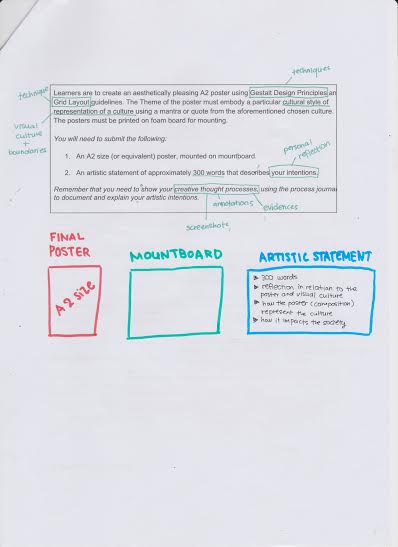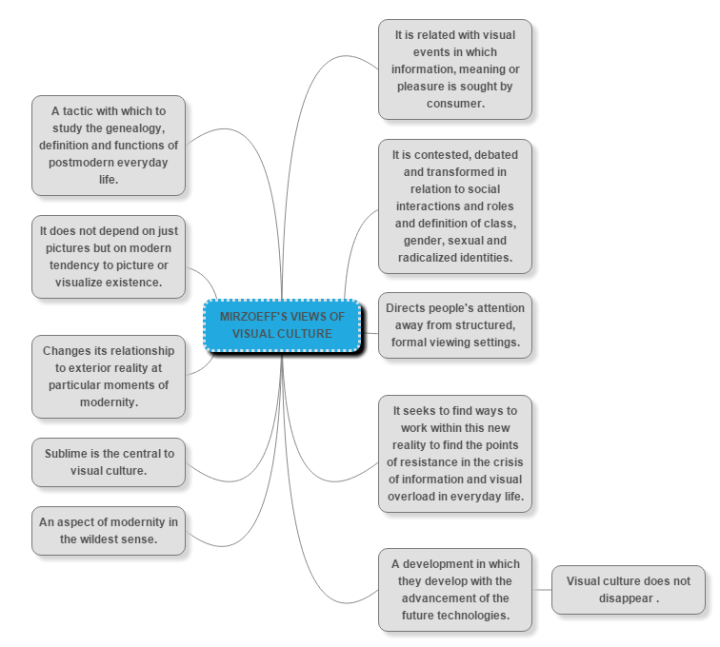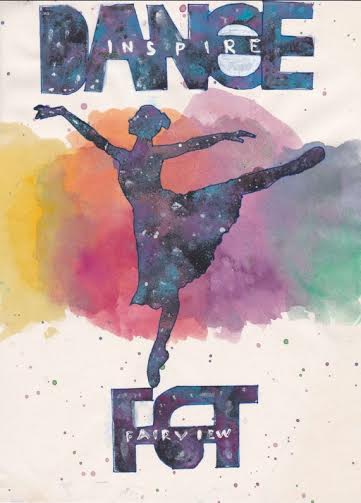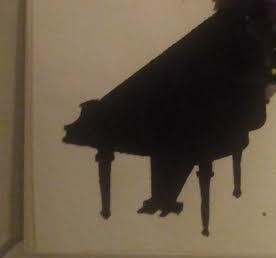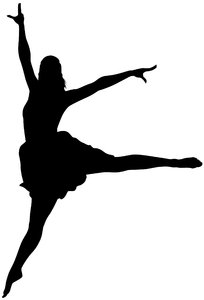Unit Plan
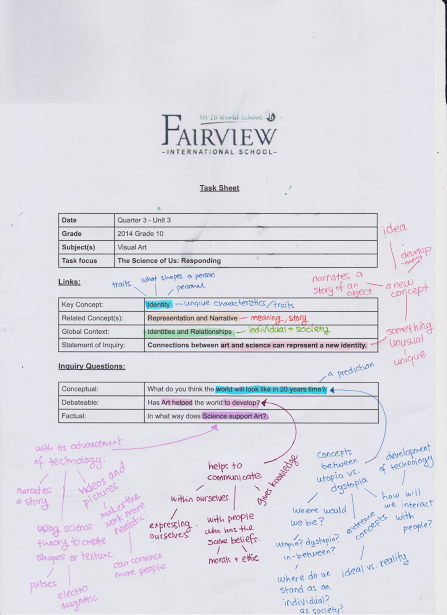
1) What makes you, you?
2) How do you present yourself to other people? How does this differ to question 1? How do you represent your identity to:
- Family?
- Teacher?
- Friends?
Presenting ourselves to other people depends on our connection with the other party. It depends whether you have a close or distant relationship with them. The relationship forms through similar personalities (hobbies, perspectives, morals, ethnicity, etc.); and these similarities makes sympathy, attachments and emotional connections because we can relate ourselves with them.
Identity is more on the personal characteristics that an individual has, whereas presenting ourselves is more on the environmental factors that leads into relationships with other people. We can control of how much we want the other party know about our identity (setting boundaries), while we can’t control the development of our identity because it’s controlled by other environmental factors.
With family members I can be open with them because they are the closest people I encounter in life as I grew with them. However, depending on their moral and ethnic beliefs, personality and perspectives, I can control how much identity I show to them. This is because between family, friends and teachers, the environment and situation is different which leads for me to shape a different identity that I don’t necessarily show to my family.
With teachers, I think I’m most distant from them because I don’t spend too much time with them as much as I do with my family and friends. In result to this, I have a higher amount of respect intonation compared to my friends and family. Also, I do not reveal too much of my identity with them. So the amount of time I spend with people reflects my relationship with the other party.
With friends, it is much more comfortable as I am the closest to them because of school. Due to education, I spend most of my time in school (about 9 hours), and naturally make friends to socialise. So in result, I become much more open and close to them than I am with other people.

3) In 200 words, describe everything about your physical appearance. Detail is important here…
From the top, I have long and wavy hair that frame my oval face and it falls down to my chest of my petite figure. I have wide eyes which usually reflects emptiness and my emotions, while staring at unknown spaces. In between those empty eyes lays my medium-sized nose. Beneath my nose is my thin and small lips. At the side of my face, small and fragile ears are planted. I have no cheek bones, but my cheeks occasionally turns rosy when embarrassed. My shoulders and hips are wide, and waist small. I’m quite short so a lot of people tower my figure as I hid amongst the rest of the crowd. My height shapes my characteristic of shyness and being introvert. I’d stood out of the crowd by wearing daring and aesthetic clothing which shapes my personal style and separates me from the crowd. My personal style ‘defines’ me; from what I wear makes me unique in my small group of people. My arms are slender as it mostly hangs on the sides of my broad shoulders. The fingers long, rooted on my small palms. I’d play around with it when I’m feeling nervous when thousand pairs of eyes are starring at me. My legs are medium length which shapes the rest of my body. It grows from wide thighs to narrow calves. Below that, lays my small feet; my family calls it ‘baby feet’ as it is small as an infant’s feet. In contrast of these small feet, I depend on it the most because without it, I wouldn’t be able to stand properly.

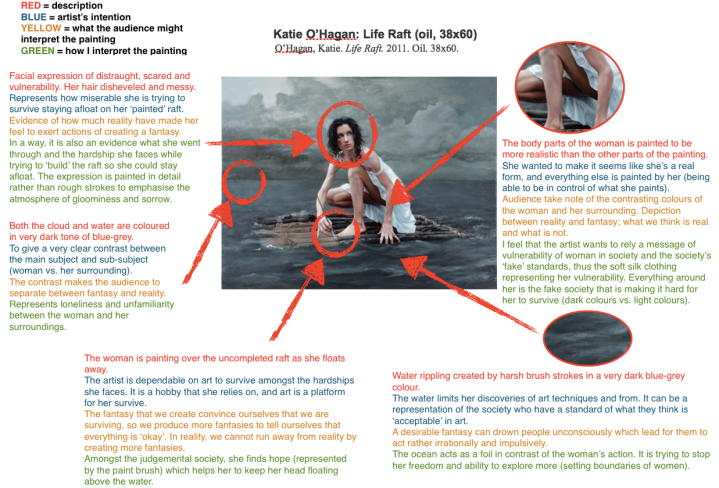








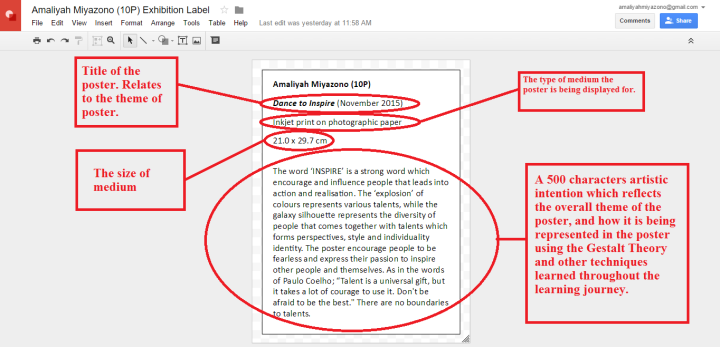
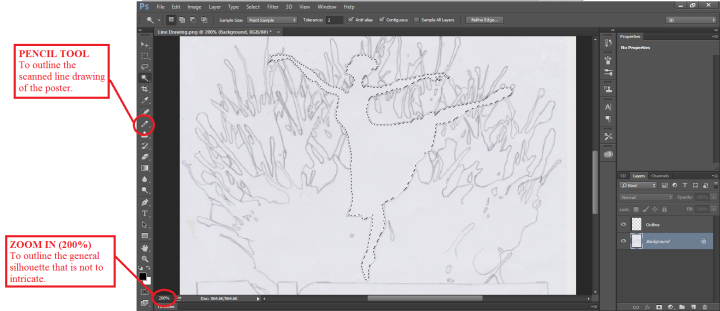





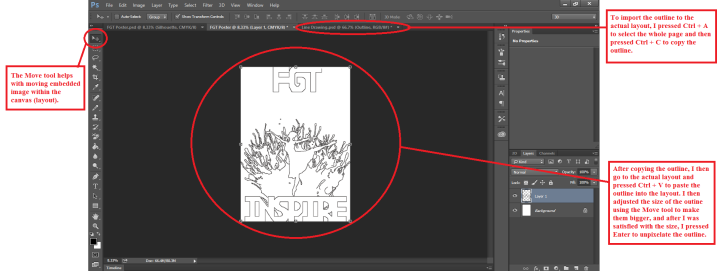






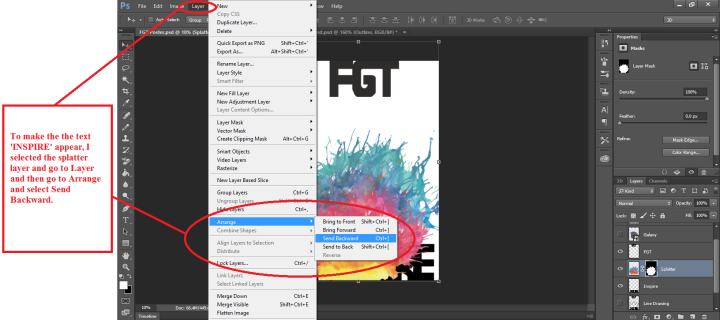
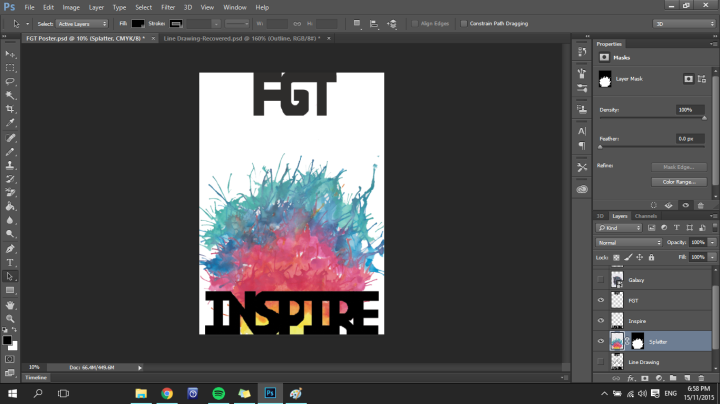
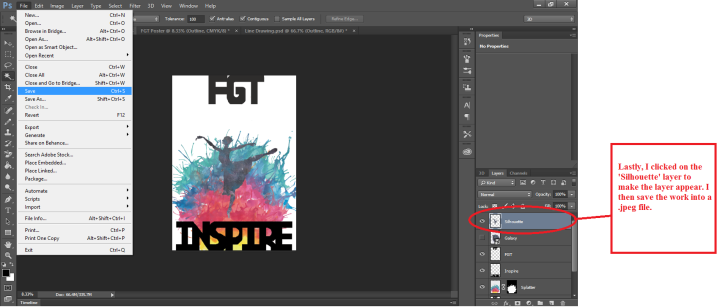
![IMG_1087[1]](https://amaliyahartspace10p.wordpress.com/wp-content/uploads/2015/11/img_10871.jpg?w=720)
